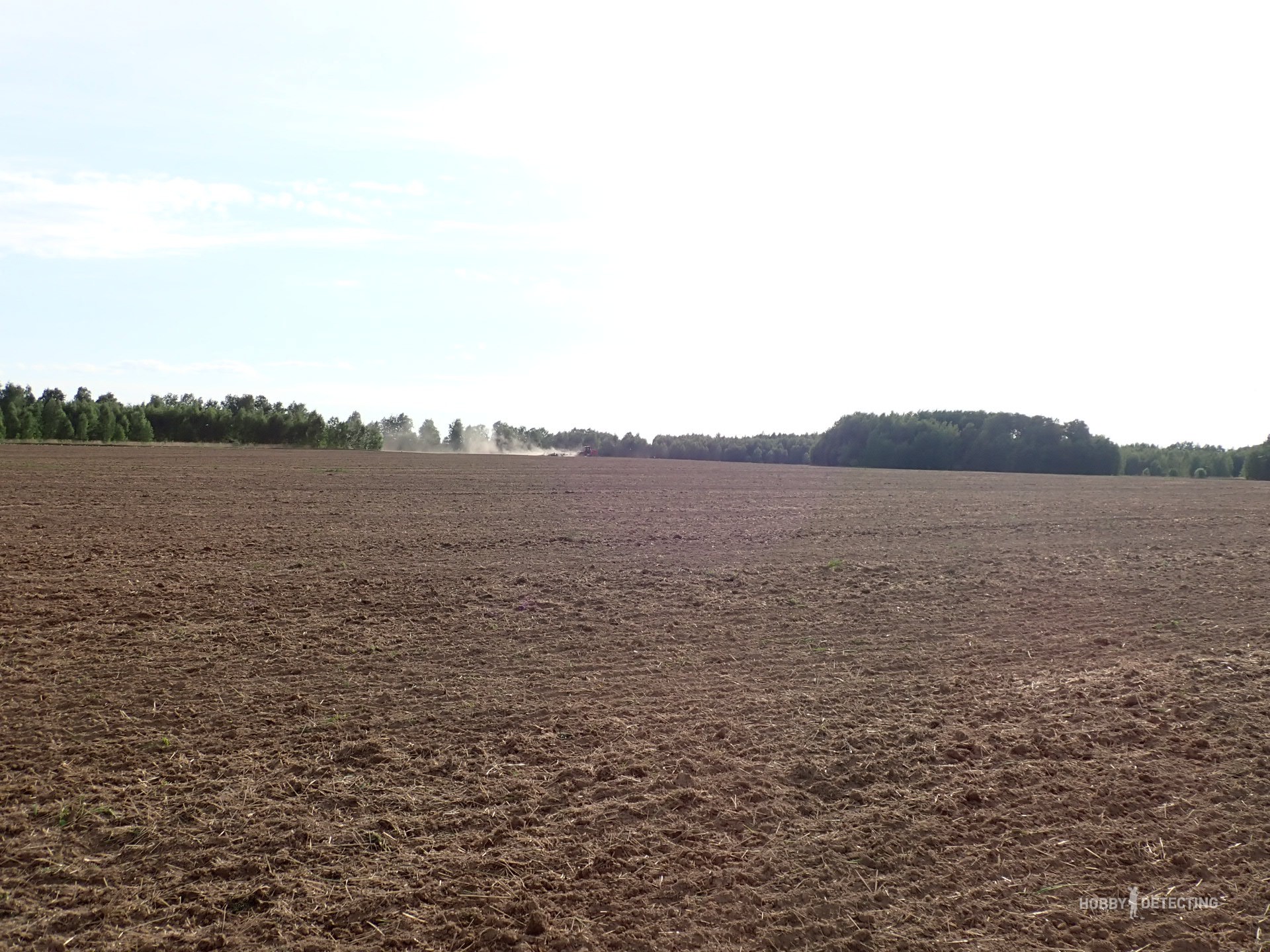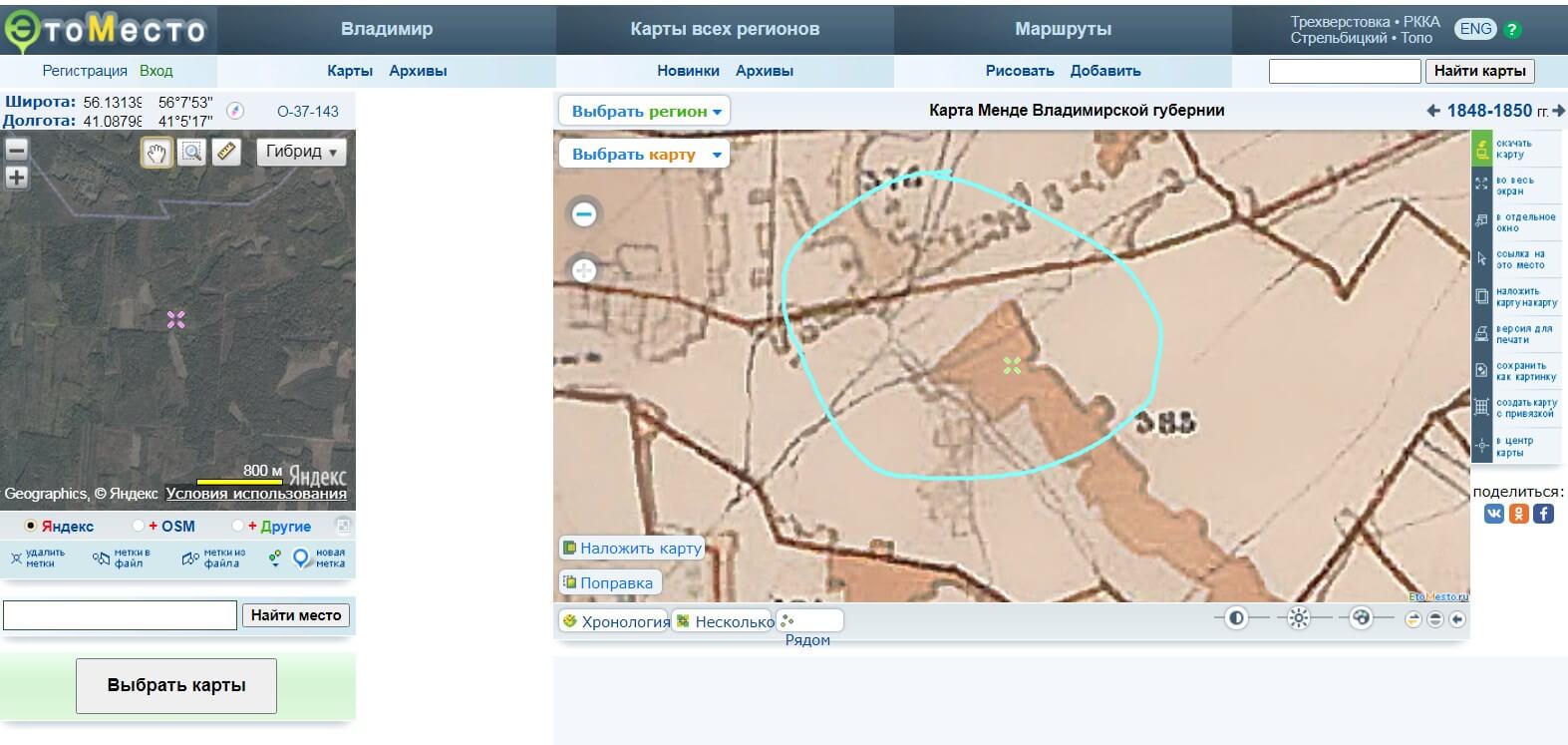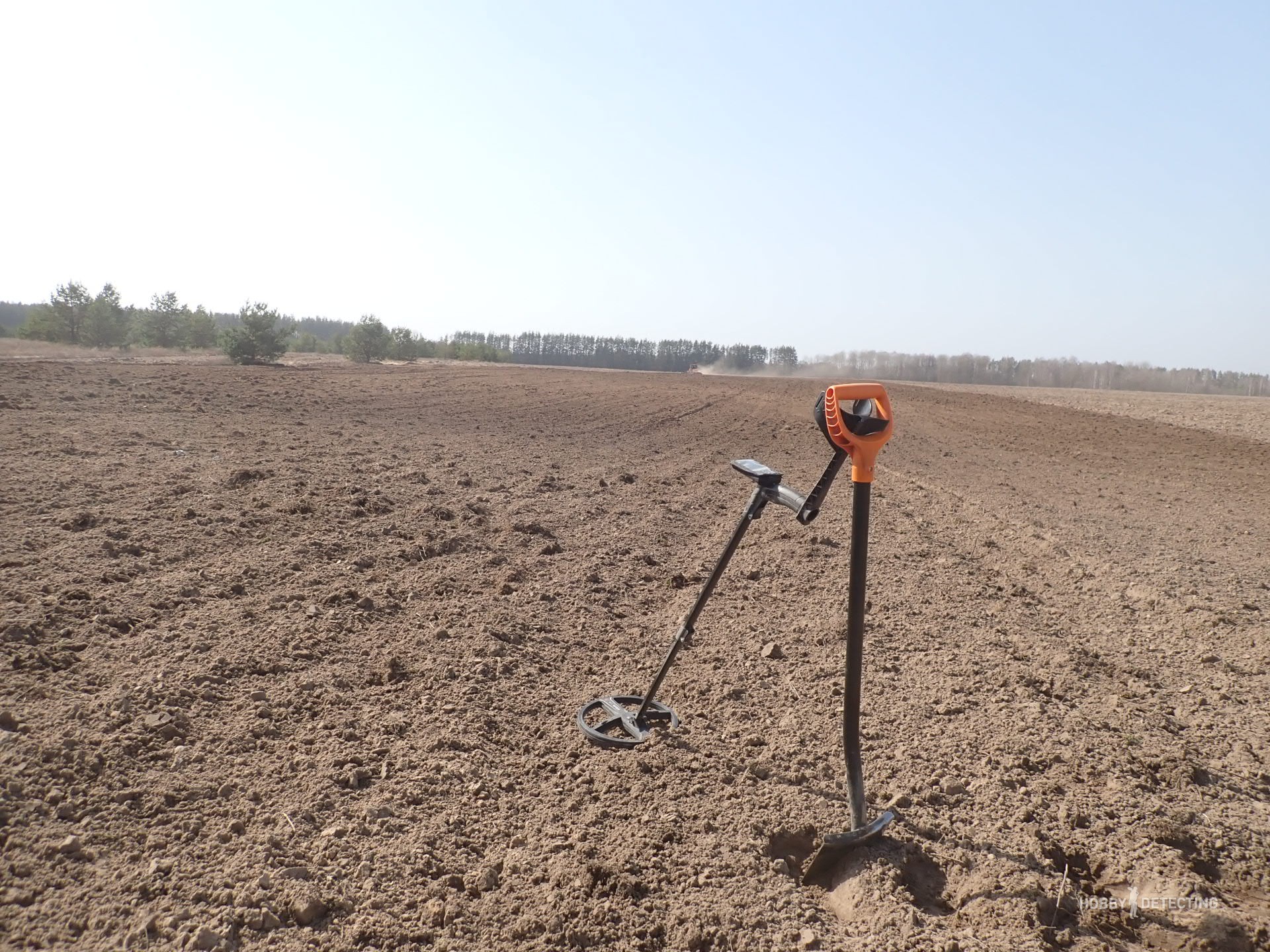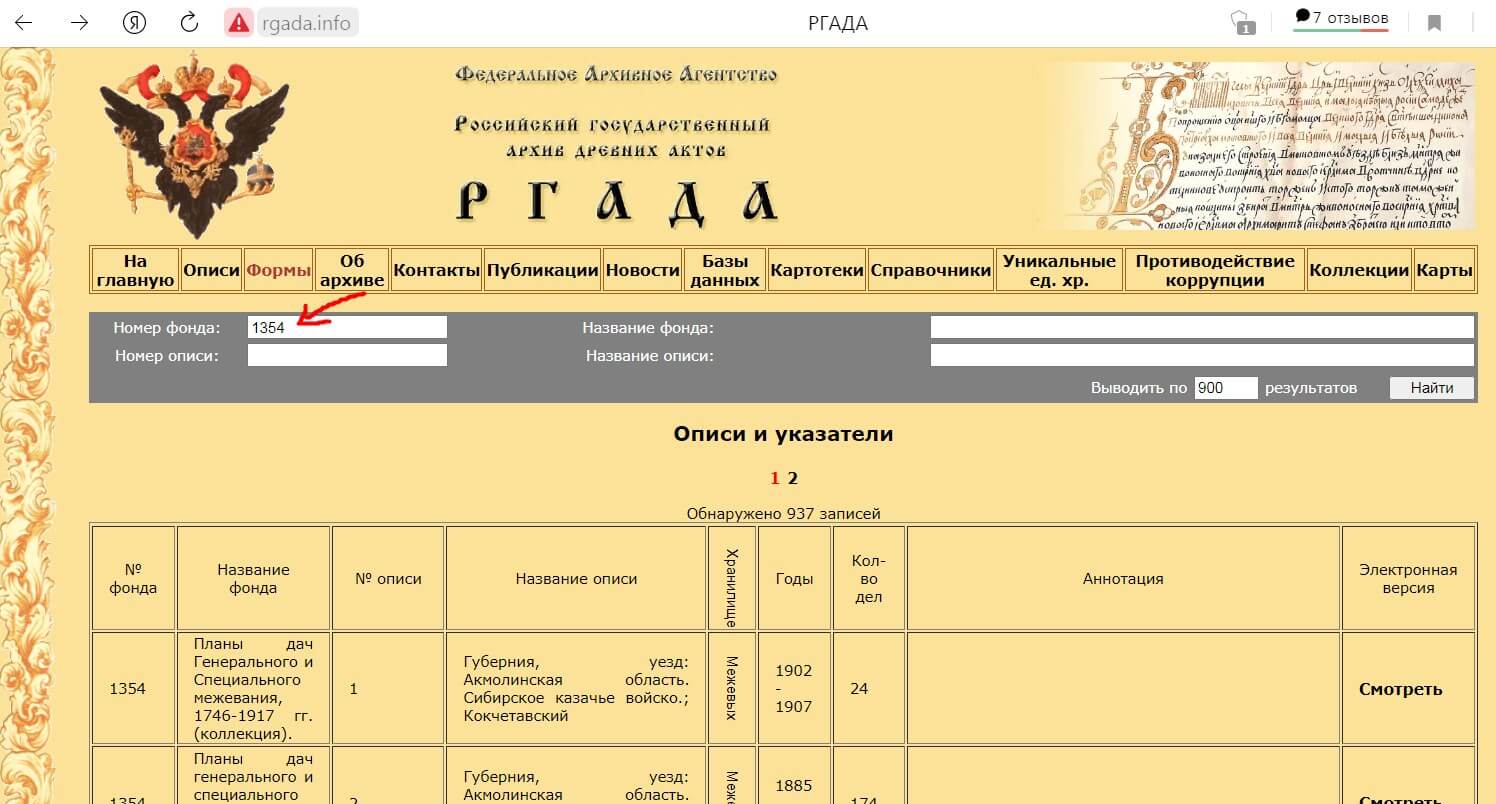How do you identify a good field to search for coins and relics???
In order to successfully and efficiently dig with a metal detector, you need to choose one of two standard solutions. Or, buy a mega expensive device with which you can knock out and finish off already dug locations. Or, develop your own methodology for searching for promising places. Places that are not on old maps and therefore have not yet been found by competitors.
There are several difficulties with the first option, including the cost of the metal detector. But the main thing is the user’s ability to understand this mega-sophisticated device. I once saw two comrades who bought themselves an E-Truck when it cost another 110 thousand. So, they used it as the 250th ICQ. In the store, the seller set up an average program for all types of cops, so they wrote down this program on a piece of paper and restored it if anything happened.

The second option has its own bonuses. If you find a field with a good amount of coins and if this place is not on old maps, then you have found a place that you will be digging for years. You, only you and no one but you. Tempting though???
What do you need to know? Finding promising places in plowed fields is not a simple one-click solution. This is a combination of methods, outlines, insights and real experience. It’s also a fascinating thought process. But, more about this some other time.

A set of methods and solutions.
First. Working with maps first, you should see if this field was plowed in the past, a hundred or more years ago. A huge number of fields that are actively cultivated today were wetlands or meadows with acidic soil a hundred years ago. These were waste lands and the most that was possible on them was grazing. From which we can understand that there was no life or activity in such fields. There is no point in looking for finds there.
On the other hand, fields that were actively plowed in the past, even if they were far from villages and villages, such places are very tempting and attractive, at least for reconnaissance. On such fields there could be settlements of single-lords, or farmsteads, or even hunting lodges of gentlemen-nobles. In general, the advice is simple – look at the maps and look for arable land.
Note: This advice is recommended for areas with risky farming. That is, where in the old days arable land occupied less than half of all land.

Second. The presence of intersections of ancient roads and the intersection of ancient roads with the boundaries of volosts. Active economic activity in the fields also involves the creation of country roads. The higher the road grid on ancient maps, the higher the field's attractiveness rating for primary exploration.

Separately, you need to remember that earlier on the borders of the volosts there were guard or guest houses, sanitary cordons or just sheds. Many landowners were obsessed with total control over their peasants, from which any movement of goods and goods was controlled along the borders of the volosts. I myself found such cordons twice, I assure you that the places found there were simply amazing.

Third. We need to look on the spot to see what could have been there. I know comrades that when they come to the edge of a new field unknown to them, they first of all run to break through all the hills and mounds. Other diggers immediately run to the pits or ravines, there are those who begin to methodically dig out all the colored signals near the road itself. This is an effective strategy with one small “but”. If your company consists of two or more people, if these people have some experience in exploring new places and if you have a lot of time allocated for exploring an unfamiliar field.
Time is the main resource, so we try to use it rationally. You need to understand in advance what grew in this field or could have grown earlier. If these are grains, then you need to look, first of all, on the hillocks, it was there that the sheaves were stacked and where they were hung out, it was on the hillocks that the day laborers set up their huts. If the fields were planted with perennial grasses for hay, not to be confused with meadows, then in such fields you need to look for places where cattle were watered and milked. Oh, these are already lowlands, where artificial ponds were dug.

Fourth. This method is professional level.
” Fragmented dachas.” Of great interest in the 18th and 19th centuries are villages and villages fragmented among several landowners. What's the point? It is reliably known that in the 19th century, 2/3 of Russian nobles were small estates. That is, they owned 1-2 peasant households. Often such “landowners” lived among their peasants with a way of life indistinguishable from that of the peasants. Accordingly, such single-yard settlements were built on that piece of land that belonged to this nobleman. For example, I have one favorite field on the outskirts of a neighboring village. So, in that village before the abolition of serfdom, there were EIGHTEEN!!! landowners.
How can such villages and villages be found without asking for a pass to the regional archive?
We type _RGADA_ in the Yandex search bar or follow the link. Then click on the “inventory” tab in the first field on the left “fund number”, dial the number of the archival fund we need 1354.

We are seeing digitized cadastral books, thank God they are arranged alphabetically, which makes finding the province and county you need quite easy. Click the “look” button and leaf through the magazine. There we look for lists of landowners who own this or that village, village, and so on. The more landowners are indicated, the more interest there should be in walking through the fields around these villages and villages.

So what next? And then it’s a matter of technique, your skills, perseverance and desire to find unbroken and good places to dig.
I wish you all good luck and if my note was useful to you, be kind, respect it with a like and you can even discuss something else in the comments.
